

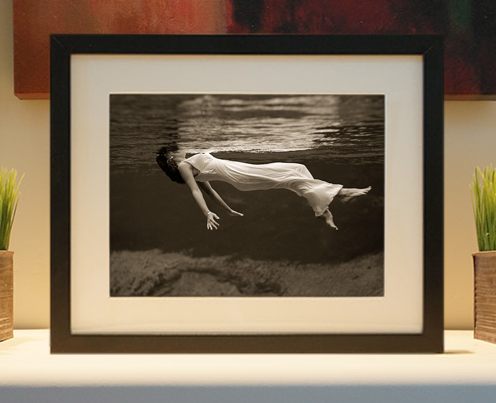
Framed or unframed, desk size to sofa size, printed by us in Arizona and Alabama since 2007. Explore now.
Shorpy is funded by you. Patreon contributors get an ad-free experience.
Learn more.

- Roll your own
- Rugged and real!
- A Charles Purcell - Mama Cass Connection
- Uncle SAAM
- Obfuscation
- One Chocolate Soldier rode away
- Victor Marquis de la Roche
- The Little House Across Way ...
- Vanderbilt Gates
- Vanderbilt Mansion
- You can still see that gate
- Withering heights for me
- So Jim,
- Top Heavy
- Re: Can't Place It.
- Bus ID
- Since you mention it
- The White Pages ?
- Moonlight Tower
- 1907?
- Fire(men) and Water
- Can't Place It
- Can anyone
- Wings
- Where's Claudette and Clark?
- Overbuilt Rolodex
- One song
- Give Me Wings Please!
- PRR
- Pinball Wizards
Printporium
Nashville: 1864
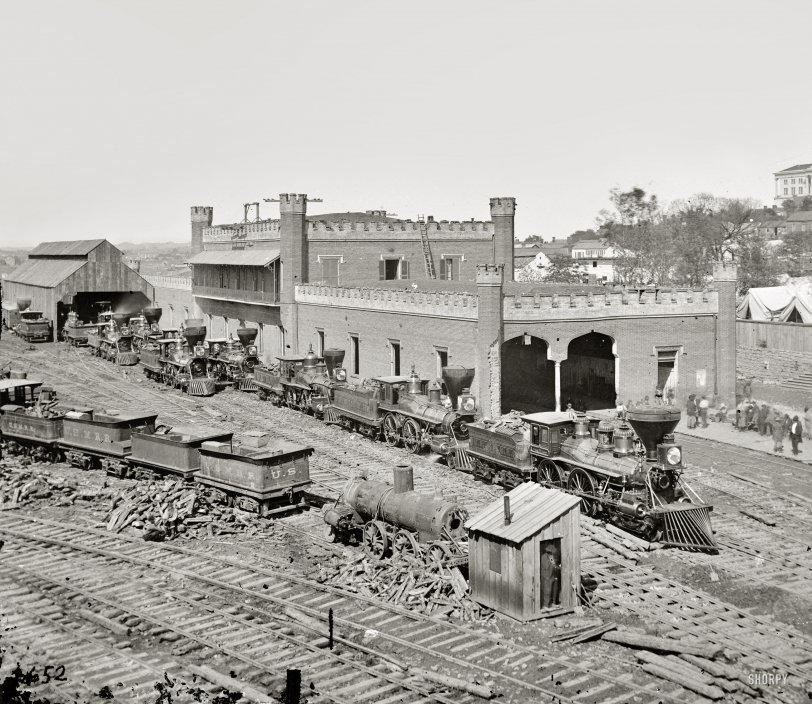
1864. "Nashville, Tennessee. Rail yard and depot with locomotives." Wet-plate glass negative by George N. Barnard. View full size. Another view here.
Nashville Railroad Yard in 1864 by Bernard
The State capitol building in the upper right orients you pretty well as to where Bernard took the Photo. Although the depot buildings are long gone, the RR yard is still there, although probably not for very long--the neighborhood is getting very posh now and CSX Railroad is sitting on valuable real estate.
It is called the Kaine Avenue Yard and the rsilroad still uses it, mainly for trains passing through the city (the ones staying go on to the huge Radnor yards). In the 1890's they built Union Station adjacent to the tracks--approximately where the lower right of the photo would be. The center of the Yard lies just below the Demumbreun Street Bridge on Eleventh Avenue; Bernard probably took the photo a little ways up the hill, around Twelfth, likely across the street from where a strip club now exists. The photo was probably taken sometime around the battle of Nashville, but there are only a couple of shots of the Union battle lines and none of any action. Bernard preferred buildings to people. FYI
USMRR
I am sure the meaning of USMRR means United States Military Rail Road. Rolling stock and engines were valuable for transportation during the Civil War. Far faster than horses capable of 40 to 50 MPH for long periods, the US government during this time depended on rail transportation. Nashville was a hub for the South plus it's Cumberland River traffic, hence the gathering of so much here.
Pony truck journals
Please note the external journals on the pony truck of the lead engine nearest the camera. That's something you did not normally see on steam engines until the the twentieth century and then not until the "twenties" and then it was unusual. C&NW 4-8-4s had 'em. A few others too. Interesting! In 1864.
Camouflage
I looked at the full-size picture for quite a while before I realized that there are two workers sitting in front of the woodpile.
USMRR
>> As a Canadian I must ask what USMRR stands for.
The answer can be found here.
Nashville Depot
This depot was on McLemore Street. This Google view is pretty close. Those might be the same bricks in the 1864 photo.
Telegraph lines
The timbers on the the crenelated corner towers (chimneys?) do look like rail ties, but they have been fitted with prong-like pieces of wood and ceramic insulators for telegraph lines. Some of the lines themselves can be seen running from the insulators on the front corner tower to the insulators on the scaffolding at the center back roof parapet, and to another timber with three insulators on the tower at the far back corner of the building. All of this looks like an ad hoc arrangement, perhaps the result of a wartime need for more telegraph lines than were needed for a peacetime rail depot, or to quickly replace lines that were downed when the brickwork was damaged.
Up there
Okay, I've got to ask. What are those things sticking out of the "turrets"?
[They look like sections of track, complete with ties. - Dave]
Crenelated
The "crenelated" appearance could easily be a Moorish or Spanish-Moorish influence. They weren't just "English castle" style but really pretty universal.
WOW....
What an incredible photo, and could be of great use to model railroaders doing that era. The wood clutter would be almost impossible to manage due to the amount of engines and all burning wood....I guess there was no forest management in those days either. As a Canadian I must ask what USMRR stands for.
Nashville
The building that you see in the upper right hand corner of the photo is the state capital. It was completed only a few years before the beginning of the war in 1861. It still stands today.
Nashville fell to Union forces without a fight in February of 1862. However, in the fall of 1864, in a last ditch effort to relieve the pressure on General Lee's forces in Virginia, confederate president Jefferson Davis ordered confederate General Hood to disengage from following Sherman to the sea and attack Nashville and after its capture move into Kentucky and then Ohio in hopes of the Union suing for peace. So, on December 15th and 16th of 1864 Union forces came out of their dug in positions and attacked Hood who had over the two proceeding weeks dug in and waited for the Union forces of General Thomas. Then over those two days Union forces soundly defeated the confederate forces.
Music City
This shot was taken where the bulk of downtown Nashville now resides. You can see the state capital off to the right. Even today Nashville is a pretty small city. Growing up not far from there, it always amazed me that such a smallish city could have such clout in the world of country music.
Perspective is an odd thing
Those huge chunks of wood make the engines look tiny, even though I know they aren't. I also like the ghostly image of the now long-dead man in the shack. It's a rare treat to look back 100+ years into the past and I'm still amazed at the clarity of these old photographs.
Where's Buster?
Great RR view...but I kept looking for Buster Keaton peeking out of one of the locomotive cabs, or sitting on a connecting rod kissing his girlfriend!
Less is Moorish
What bizarre architecture! That sagging entry portal is being held up with that one flimsy pole? And the archways look Persian or Turkish or "Arabian" while the turrets look like an English castle. The whole thing looks like it's going to fall apart any minute. I'm afraid Nashville here looks like Atlanta post Sherman!
This Railroad Terminal
is not eligible for the Good Housekeeping Seal of Approval.





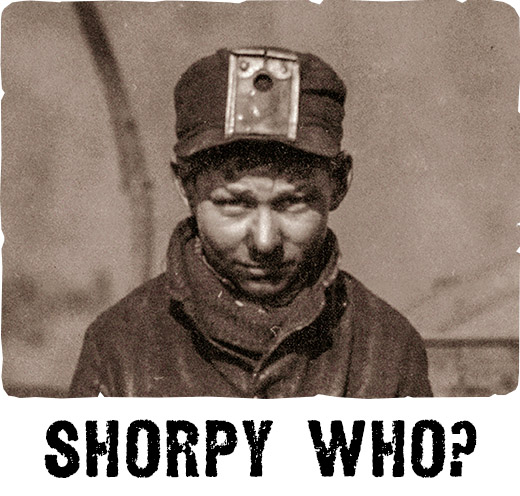
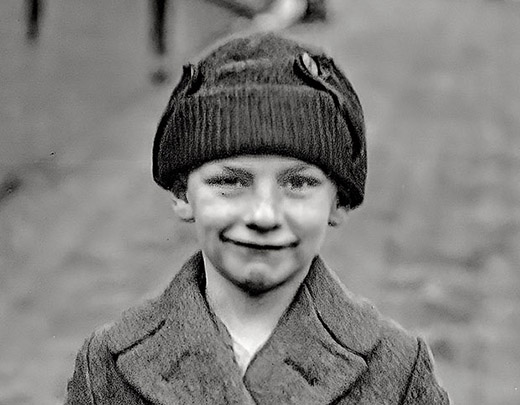
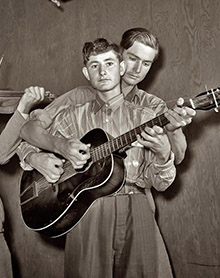
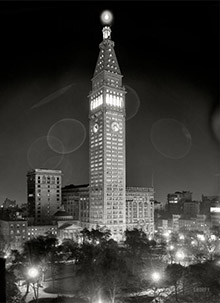
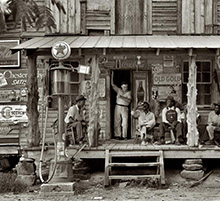
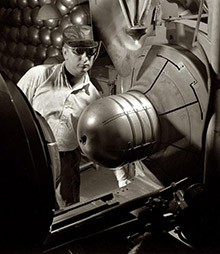
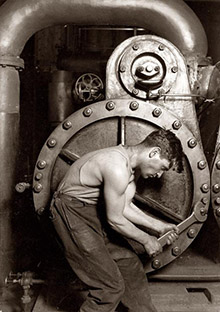
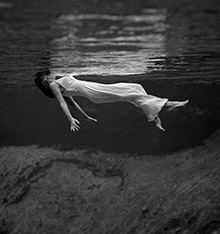
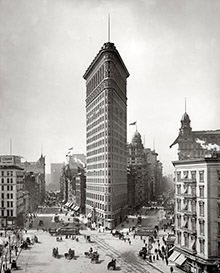
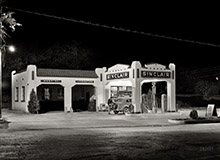
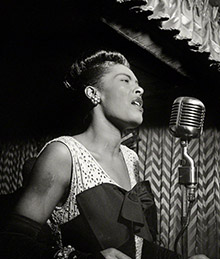
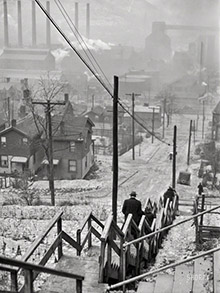
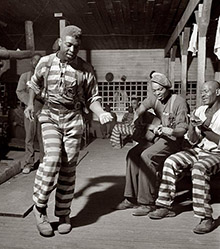
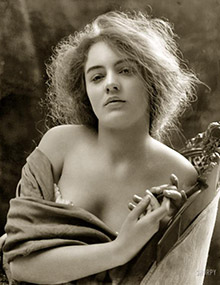
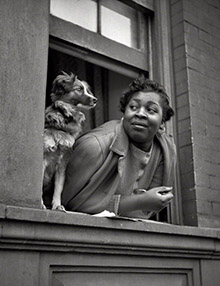
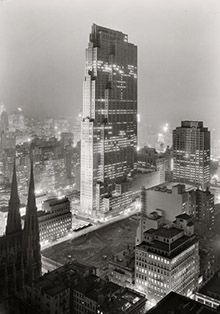
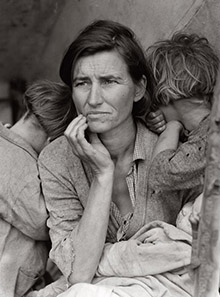
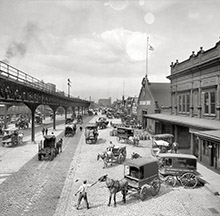
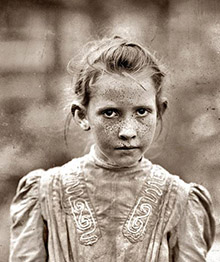
On Shorpy:
Today’s Top 5